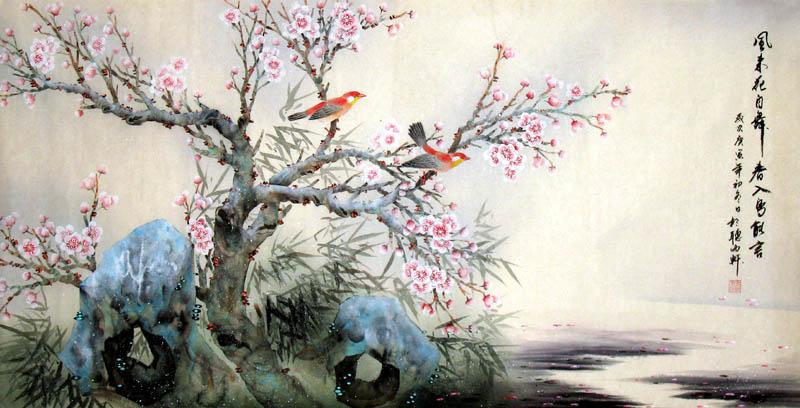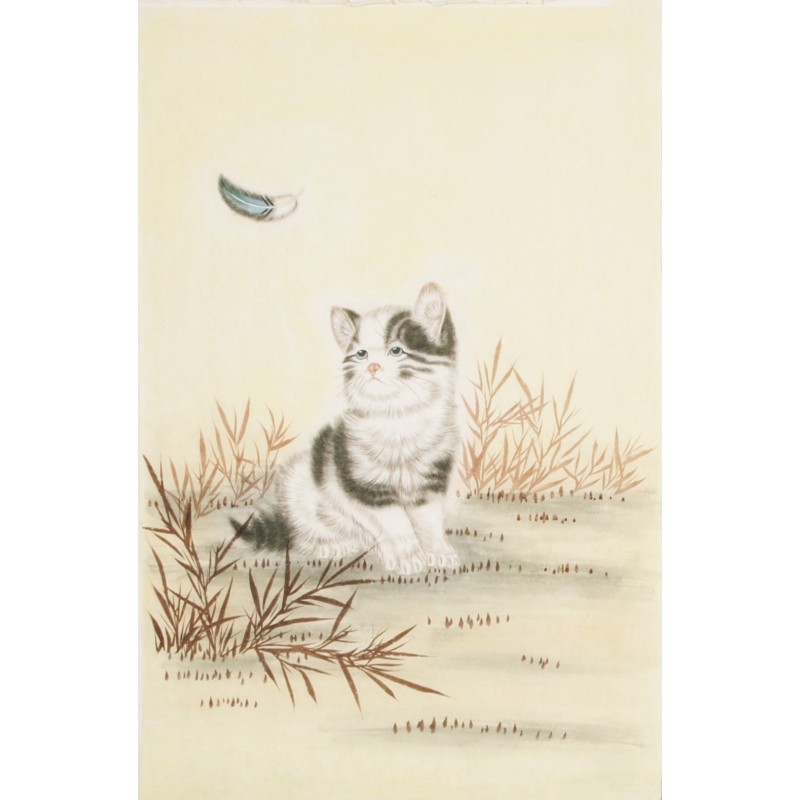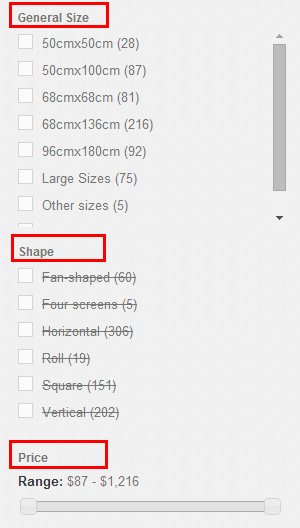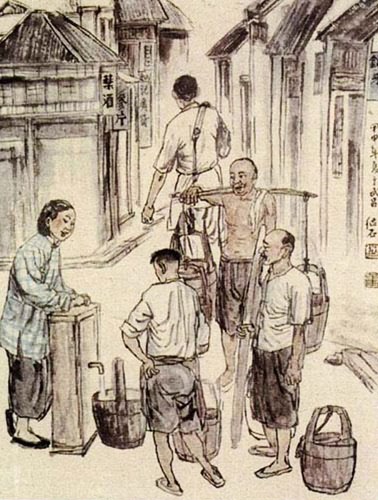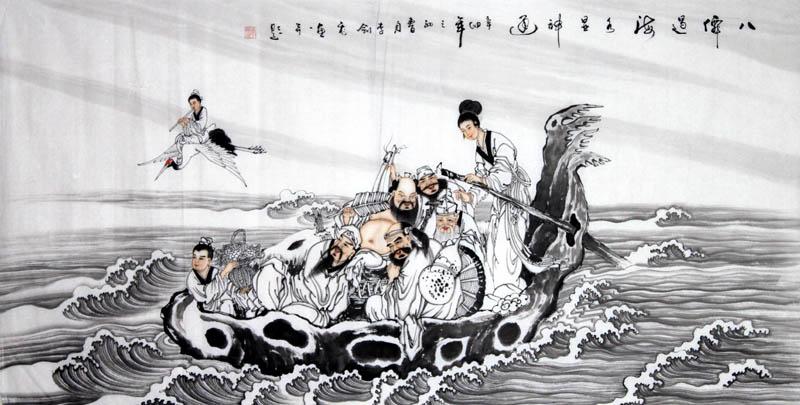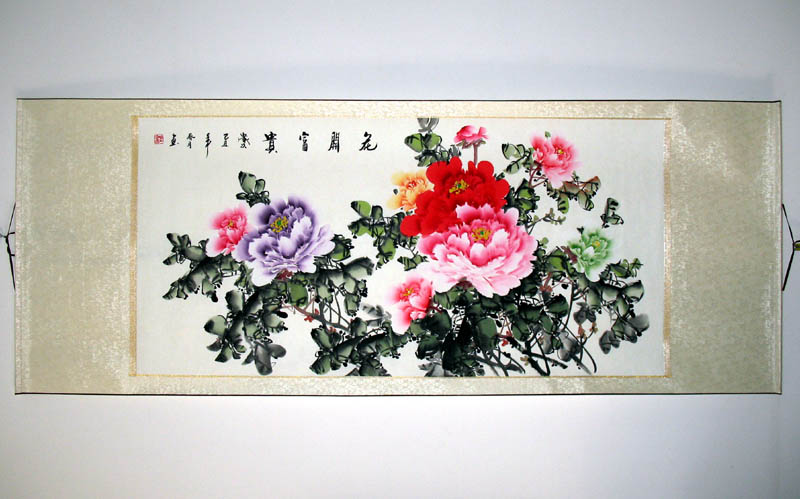Usually for those who start to collect antique works, they prefer to start from the collection paintings and calligraphy because they are often the hottest collections in both domestic and foreign countries. The painting collection industry is very hot and the risk is relatively smaller. Their value added quickly with great benefits. Because of their enduring value, they are liked by many investors and collectors.
However, as investors continue to increase, the prices of calligraphy and paintings, especially the high price of the famous works, are keeping rising up. Then there have been a lot of fake calligraphy and paintings in the markets. Here we give some common fraud tactics:
Outlines: Counterfeiters often put a paper or silk covered in the original calligraphy and paintings. And they can scan the contour lines by thin carbon or sharp pencils. Such practices are often used in forging the celebrity inscriptions and famous calligraphy.
Totally change: Counterfeiters often use broken calligraphy or calligraphy without inscriptions. They can turn the calligraphy without inscriptions to calligraphy with inscriptions by digging, washing, and adding, changing, transferring and other means. This way, modern works can be changed into ancient works; general works can be changed into famous works.
Imitate characteristics: Many celebrity calligraphy and paintings have very distinctive styles and very prominent features. Many counterfeiters can imitate those characteristics and styles to deceive some careless investors and collectors.
Copy forgery: Imitation products of calligraphy have a long history in China. Take Qi Baishi for example, he has many students, sons, daughters, and they study painting from Qi Baishi for a long time and some of them learn very fine copy for almost the real thing.








